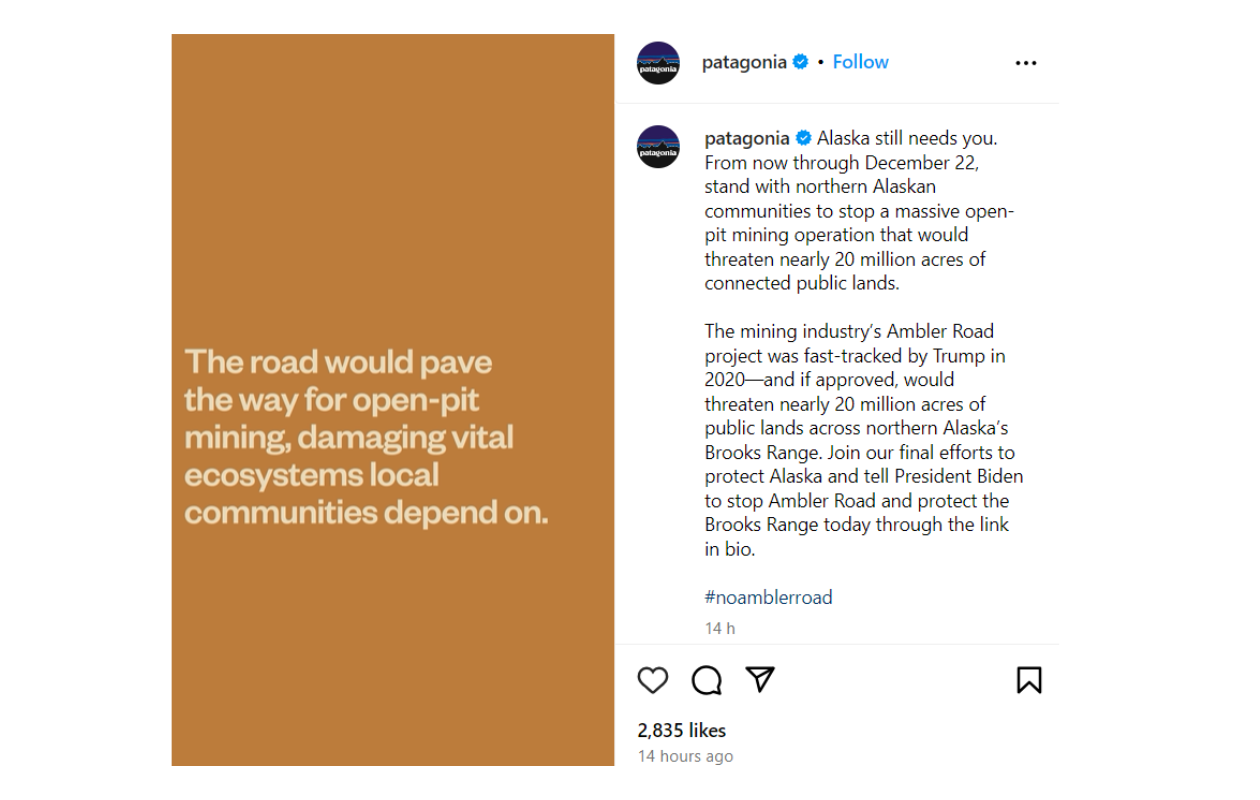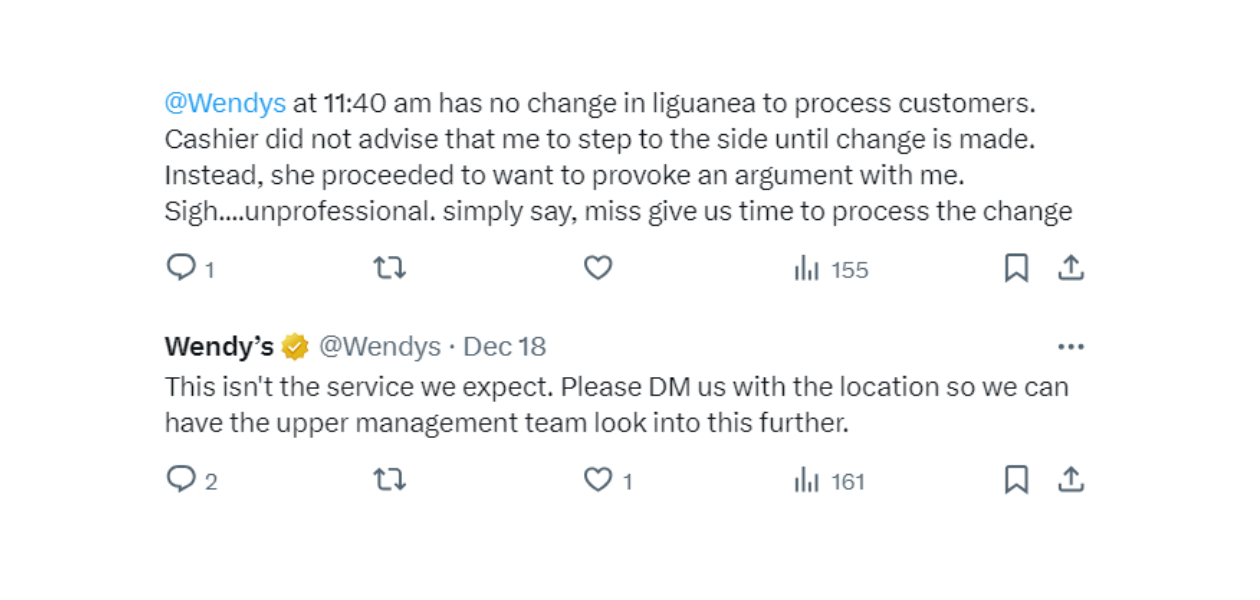Apple or Samsung? How about this one: Coke or Pepsi?
This isn’t about which brand is better. Either way, they offer roughly the same products - that’s the point. It’s about which brand you’re loyal to.
Brand loyalty represents a consumer’s tendency to continue purchasing products from the same brands, even if competitors have similar offerings. But why?
We’ll find out what makes consumers loyal to a specific brand and how to leverage that information to cultivate a devoted consumer base.
Brand loyalty: strategies and examples
1. Brand loyalty and customer loyalty: what’s the difference?
2. Why is brand loyalty important?
1. Brand loyalty and customer loyalty: what’s the difference?
Both terms describe consumers who choose to purchase products from the same company continuously. However, the factors that motivate them to do so differ.
Brand loyalty banks on customer perception. Consumers choose a specific brand over another because they perceive it brings more value than its competitors. This value is brought by an emotional connection, trust, and mission statements that align with the consumer’s values.
Customer loyalty is more rationally driven and incentive-based. Customers continue to purchase products from the same company because it offers better prices than the competition. They can also be kept in the loop via a loyalty program that offers discounts, for instance.
Since brand loyalty encourages consumers to connect with a company on a personal level, customer retention is significantly more long-lasting.
In contrast, due to the incentive-based approach, companies that emphasize customer loyalty can notice a drop in their consumer base as soon as they increase prices or competitors come up with better offerings—which is not the case with brand loyalty.
However, there are a few more reasons why brand loyalty is crucial for a company’s marketing strategy. Let’s get into more details.
2. Why is brand loyalty important?
Strong emotional connections bring more revenue over time
Consumers who are emotionally connected with a brand have a lifetime value (LTV) that’s a whopping 306% higher than buyers who are simply satisfied with a company’s products or services.
They are also 22.6% more likely to recommend your brand to their friends or family. In other words, emotionally engaged customers are more likely to turn into brand ambassadors and make repeat purchases, bringing you more profit.
Costumers won’t switch over to the competition
59% of U.S. consumers report that once a brand has earned their loyalty, they’re loyal to it for life. Additionally, 58% of consumers said that it takes multiple “really bad” experiences to leave a brand they’re loyal to.
To put it differently, loyal customers are significantly less likely to migrate to your competitors. They are also more forgiving in terms of negative events, like price hikes, which further mitigates the chances of switching over to your competitors.
Cost-effectiveness
There’s a 60-70% chance you’ll sell a product to an already existing customer. This probability drops to 5-20% with new customers. That said, maintaining existing customers is significantly less expensive than acquiring new ones.
Since loyal customers are also more likely to recommend your products to their peers and leave positive feedback, they can also play an important role in making your marketing strategies more cost-effective.
Speaking of marketing, social media is an excellent channel for cultivating brand loyalty among your follower base. It offers the space necessary to engage with customers, show off your brand’s personality, and make yourself stand out from your competitors.
So let’s see how you can leverage social media to build brand loyalty with a few steps.
3. How to build brand loyalty with social media?
Be transparent about your values
75% of consumers report they’ll start shopping with a company that supports social issues they agree with, which makes sense. Most people are emotionally invested in the social causes they stand by due to personal reasons.
Opening up about your brand’s values and taking a strong stance regarding a specific cause on social media is an excellent way to leverage that emotional investment, connect with your followers on a personal level, and increase brand awareness.
Make sure to identify a social cause you support, integrate it with your brand identity, and post regularly about it on social media. Take a look at Patagonia’s Instagram Reel, for instance:

The company posts frequently about protecting the environment and invites its followers to sign a petition. This shows that Patagonia takes this issue seriously and encourages followers to take an active part in supporting the cause, which helps foster engagement and build up a strong emotional connection.
Additionally, Patagonia’s posts about protecting the environment are perfectly in line with its target audience -people who love the outdoors and care about it.
Handle customer service on social media channels
56% of consumers agree that customer service is a decisive factor when choosing to become loyal to a specific brand. Besides, consumers spend 20-40% more on companies that actively respond to their customers’ inquiries or complaints.
In other words, checking for customer inquiries or complaints and replying to them is a must across all your social networks. This is one of the most effective ways to build brand loyalty, as it shows you genuinely care about your audience, which solidifies customer relationships and ultimately cultivates trust.

For example, one of Wendy's strategies for creating brand loyalty is to reply to the customer’s complaint right away, like in the situation presented above, and show it is willing to solve their issues at any time. This is also a good PR move. Leaving unaddressed social media complaints for everyone to see will negatively impact the followers’ perception of your brand.
Develop and maintain your brand’s voice
Social media is excellent for handling audience communication. But a generic business-to-consumer conversation won’t work.
Building brand loyalty implies having your audiences relate to you on a personal level and see you more like a friend - that’s why you need to develop a unique brand voice. It helps humanize your brand, make it memorable, and foster a deeper connection with your audience.
A great brand loyalty strategy you can leverage is to make sure to highlight your brand’s personality in a way that resonates with your follower base while your brand’s voice is consistent across all your social accounts. Here’s how Duolingo does it:

The language learning app uses an energetic tone of voice to engage with its followers - which works especially well considering its largest audience group is made up of people aged between 18 to 24 years old.
Duolingo also does an excellent job of aligning its image with its audience’s perception of the brand. It’s heavily involved in meme culture and the company doesn't hesitate to repost and even crack a few jokes on its own across social media.
Duolingo’s self-awareness of how the audience views the brand is perfect for establishing a strong connection with its followers.
Encourage and share user-generated content
Consisting of one of the best Instagram Story ideas, user-generated content (UGC) is a powerful way through which businesses can increase brand loyalty, being a great strategy to leverage for multiple social media post formats. Because it invites followers to engage directly with your brand, it strengthens audience relationships and helps humanize your company.
Product photos made by existing customers boost credibility and help drive more sales. Consumers trust their peers significantly more than advertisements.
Besides, UGC is more cost-effective than influencer marketing. Make sure to encourage your followers to create photos/videos with your products and share the best content on your social accounts.
Although getting featured on their favorite brand’s account is often a reward within itself, you can also add a little incentive to speed up the process - think discounts or freebies for the best content. Setting up contests, challenges, and branded hashtags, for example, makes for some great brand loyalty strategies.

GoPro frequently posts UGC across its social channels, essentially making it part of its social media marketing strategy - it works wonders.
It’s highly cost-effective, and customers are encouraged to capture as well as share their most exciting moments. Meanwhile, the thrilling footage attracts attention and generates engagement among followers.
Leverage social media listening
Social media listening is the practice of monitoring brand mentions, consumer conversations, and customer feedback across social media platforms. This helps companies reveal their audiences’ opinions regarding their brands and what type of content resonates with them the most.
So, how can you use to increase brand loyalty?
First, it allows you to be self-aware about your brand image: social listening tools reveal exactly what people like and don’t like about your brand. This gives you the insights necessary to eliminate any negative feelings and double down on what makes your audience happy.
Secondly, it allows you to quickly identify and address customer complaints. As mentioned, not replying to negative comments on social media is bad for your image. Third, listening tools let you identify and capitalize on topics your audience finds most relevant.
Consequently, you’ll get to boost engagement - the more engaged your followers are on social media, the more likely they are to become loyal to your brand. Not to mention that listening tools are also useful for finding UGC.
To ease the busy life of a marketer, Socialinsider’s AI Instagram Listening tool handles all of the above. The platform leverages AI to analyze your audience and give you detailed insights into popular topics, the most effective content types (e.g., videos, images, reels, etc), and more.
Most notably, there’s the Sentiment Analysis tool.

You can quickly identify content that shares either a positive, negative, or neutral sentiment by clicking on the graph. You can also narrow the audience’s sentiment down to emotions, like joy, anger, surprise, or disgust.
Other notable features include the audience demographic analysis, and the option to identify the top influencers within a specific niche. You can see each influencer’s follower count, engagement/engagement rate, and the brands they mention.
All this data will then help you create brand loyalty programs that will foster stronger connections with your followers, which is the first step toward increasing your sales.
Final thoughts
Cultivating brand loyalty is an excellent way to stay ahead of your competition and increase your revenue - all without blowing your marketing budget.
That said, make sure to listen in on what followers think about your brands, address any potential complaints as soon as they pop up, and regularly engage with your audience through posts that spotlight your brand’s personality.
Also, encourage followers to become an active part of your community through UGC and invite them to contribute towards your social cause.
Frequently Asked Questions on Brand Loyalty
- What is the key to brand loyalty?
Brand loyalty is all about connecting with target audiences on a more personal level and earning their trust. As such, brand loyalty requires companies to thoroughly understand their audience’s needs, provide excellent customer service, and regularly engage with their followers on social media.
2. What is loyalty segmentation?
Loyalty segmentation is the process of dividing a company’s customer base into multiple groups based on specific factors (e.g., spending habits, interests, attitudes, demographics, etc). This allows businesses to develop highly targeted marketing campaigns that aim to improve the customer journey and generate more sales.
3. How to measure brand loyalty?
There’s no specific metric that measures brand loyalty. However, the Net Promoter Score (NPS) is a good indicator of loyalty. It tells you how likely your customers are to recommend your products to their peers on a scale of one to ten. As such, this metric involves surveying existing customers to determine their likelihood of recommending your products/services to others.








